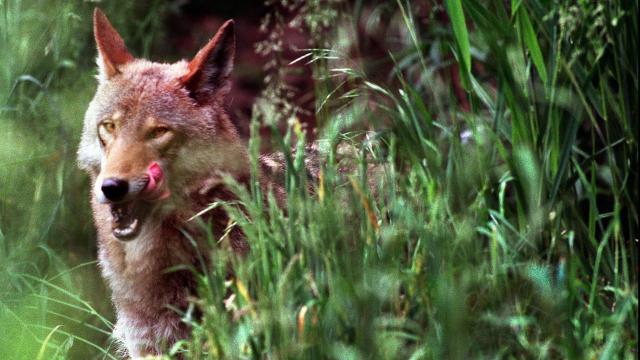More than a third of animal and plant species in the U.S. could go extinct while more than 40% of ecosystems are at risk of collapse, a new report from a conservation group has found.
The report was published Monday by NatureServe, a nonprofit that collects and provides biodiversity data to other organisations, sourced from a network of more than 1,000 scientists across the country. This report, the organisation told Reuters, synthesizes more than 50 years of data collection, and is the group’s most comprehensive analysis of its data to date.
The report breaks down animal and plant species into a ranking system for how at risk they are for extinction, using factors like the geographic range of the species, serious threats to its existence, declines in population, and the size of populations. This ranking system is based on a publicly-available methodology, and, importantly, includes status updates on species that are not included in federal tools like the Endangered Species Act.
“While the federal Endangered Species Act (ESA) also focuses on species that are at risk, limits on staff and funding have precluded federal assessments of all the species considered at risk using NatureServe methodology,” the report says. “Our status ranks augment federal listings by offering a framework for evaluating the health of additional species and ecosystems on state, national, and global scales. Moreover, they provide status information for species that have not been listed or that are being evaluated for listing under the ESA.”
Of the more than 16,600 U.S. plant species the report has data on, around 34% are at risk of extinction — including almost half of all cacti species, 31% of ferns, 27% of orchids, almost 20% of tree species, and almost one in five grass species. Meanwhile, of the almost 11,000 animal species logged in the report, a whopping 40% are at risk of extinction. Aquatic animals, the report finds, are some of the species closest to the edge, with 75% of all freshwater snails, 65% of all mussel species, and 55% of all crayfish species in danger.
Ecosystems, meanwhile, are also experiencing grim long-term outlooks: 41% of the nearly 400 U.S. ecosystems included in the report are at risk of extinction, with some forest and grassland types most endangered. The report finds that most of these ecosystems are located outside of land designated by the federal government for biodiversity conservation.
The CEO of NatureServe, Sean O’Brien, told Reuters that the data contained in the report is “terrifying” and that he hoped lawmakers would understand the urgent need to pass more protections for species and ecosystems.
“If we want to maintain the panoply of biodiversity that we currently enjoy, we need to target the places where the biodiversity is most threatened,” O’Brien said. “This report allows us to do that.”
